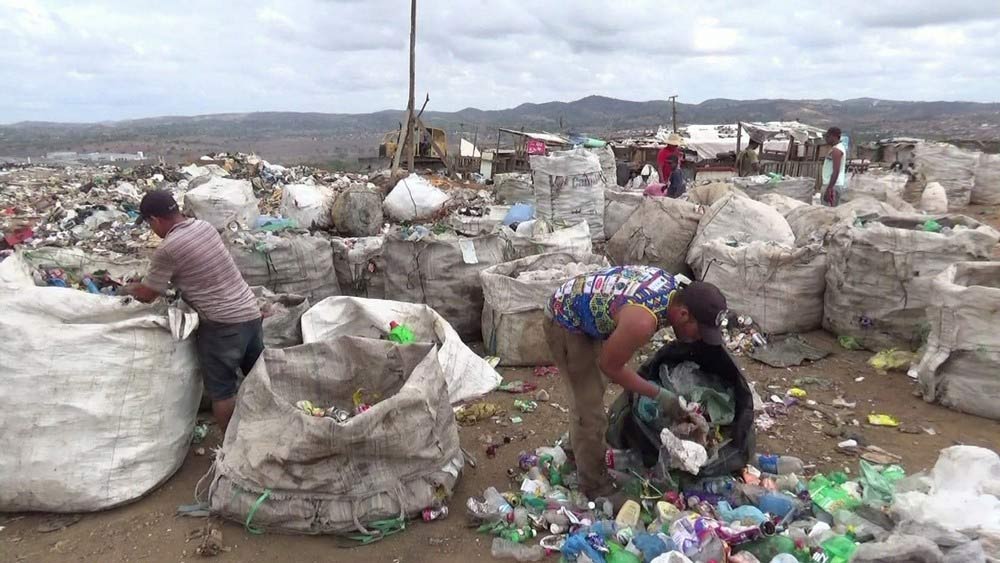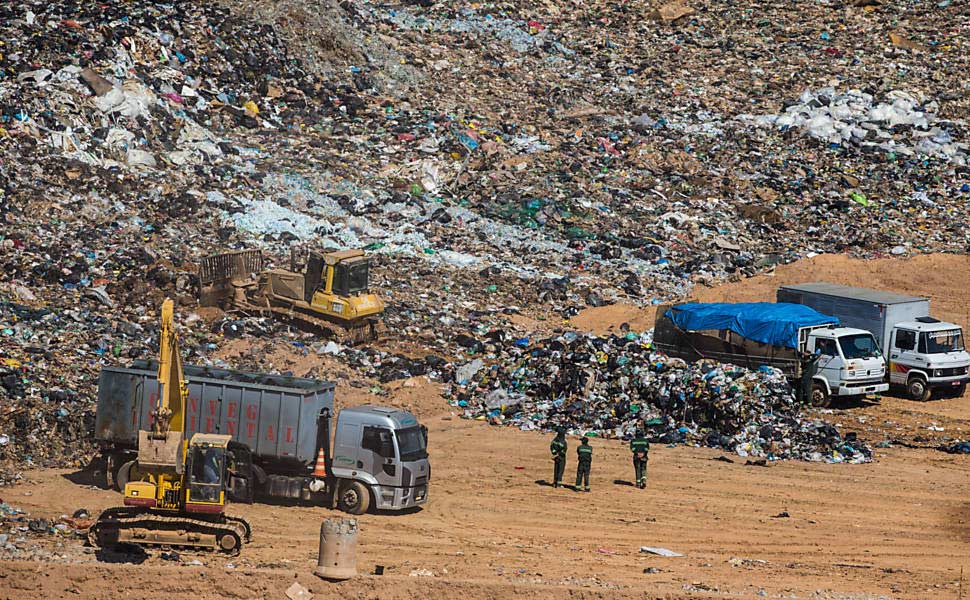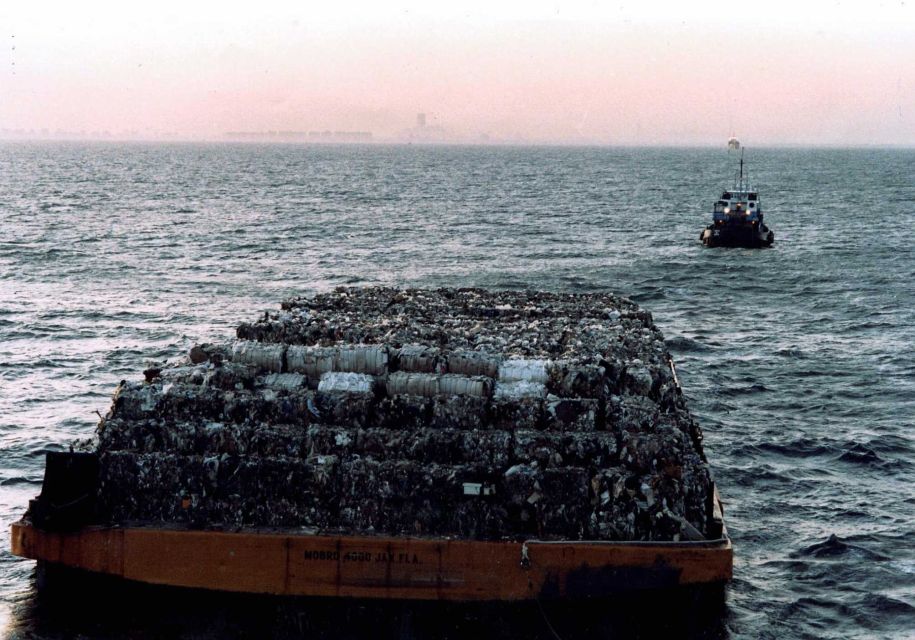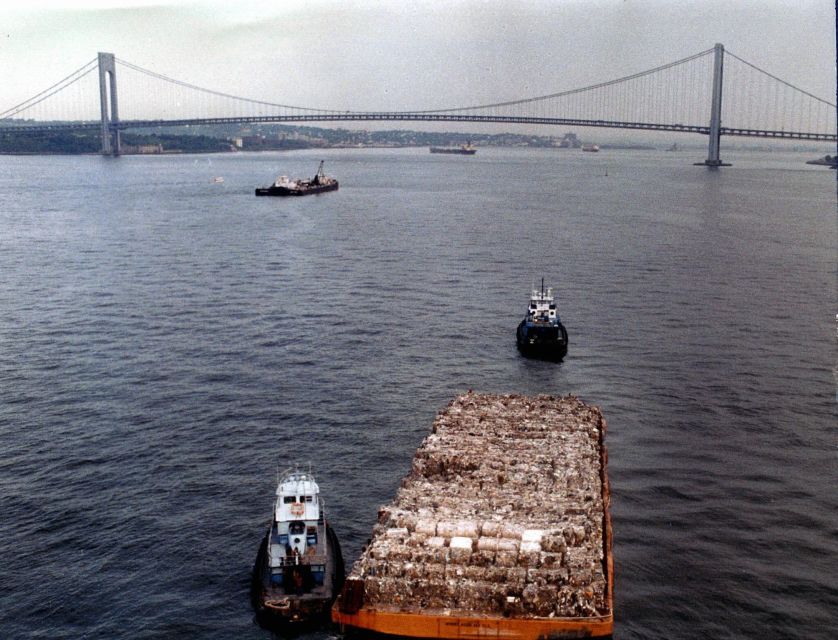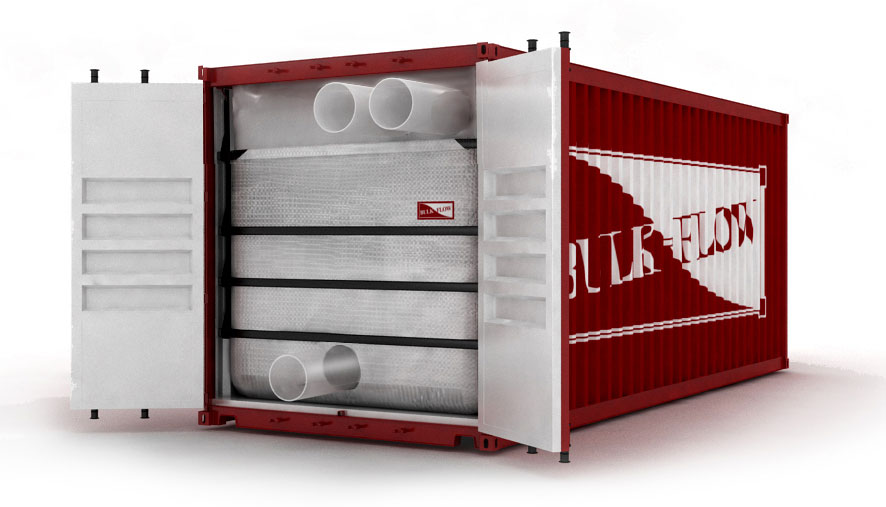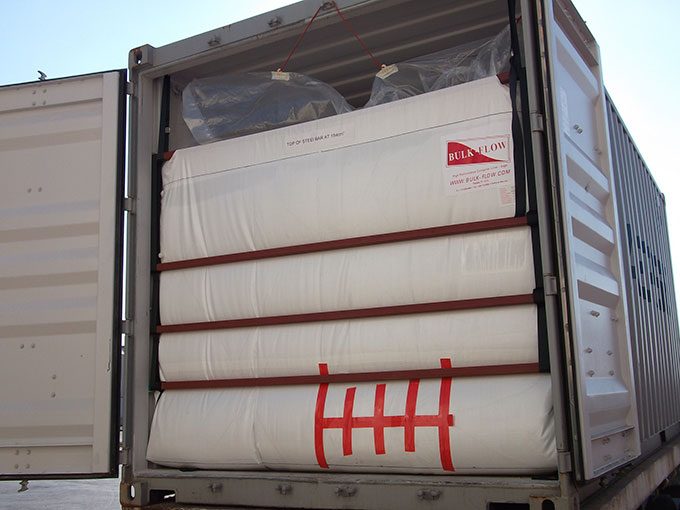Since the 1960’s the world population has more than doubled (see chart below), more than doubling the resources consumption of the world, mainly because there have been improvements on people’s life conditions since then.
This, the growth and the life styles change, has been severely stressing the environment, and one of the things that grew exponentially with the world population progress was the use of packaging.
It took approximately 80,000 years from the beginning of the first hominids settlements the first billion inhabited earth, but it took less than 12 years to jump from 5 to 6 and 6 to 7 billion people inhabiting on earth.
| Year | Total world population (mid-year figures) |
|---|---|
| 1950 | 2,556,000,053 |
| 1960 | 3,039,451,023 |
| 1970 | 3,706,618,163 |
| 1980 | 4,453,831,714 |
| 1990 | 5,278,639,789 |
| 2000 | 6,082,966,429 |
| 2010 | 6,892,319,000 |
| 2020 | 7,584,821,144 (projection) |
This brutal populational growth brought a heavy environmental stress to our planet.
Part of this problem is related to packaging of the products we consume.
Each American generates approximately in average 4.4 lbs of waste every day. From these 4.4 lb, 20 to 30% are from packaging.
Some of the packaging we consider in this number is not the final package itself but intermediary ones, most of us have never seen or even imagine the form, weight, and materials of those intermediary packages.
Container liner bags, FIBC’s, 50kg bags are some of those intermediary bulk packaging considered.
As the world population grows, the environmental issues grow.
Let us consider conservatively that the average for the whole world population is about 1.8 pounds a day. It is very simple to see it picking a period from the table above (Table 1) and multiplying by 1.8 we will have the numbers.
It means approximately 12.6 billion lbs (5,7 billion kg) every day thrown out to the environment, at least 2.5 billion pounds (1.1 billion kg) comes from packaging. Less than 20% of the total is actually recycled.
Most packages are simply thrown away, increasing the use of finite resources and the stress on the environment, so I think that everyone agrees that we need newer technologies to cope with this huge problem that is the waste (trash) generation, pollution, environmental compliance.
In this scenary, how to be more “Eco-Friendly”?
Since the environmental compliance became more important and more visible to most of us, increasingly the humanity has been focused in reducing the waste generation.
To deal with the increase of waste generated due to the populational increase we have been facing there are generally two main streams:
- The one trying to mitigate the losses already imposed to the environment.
- The one that tries to avoid new waste loads being sent to the environment.
Where are we placed with regards to the packaging industry waste generation compliance?
Almost all logistics operation has some kind of package involved. Either for final distribution or for bulk transportation, some bulk packaging to contain the merchandise would be needed.
More important is the containment of bulk solids, once they need a secondary containment to allow their transportation.
So, as most of the industries, the packaging industry is developing solutions to improve the environmental compliance numbers. Within the packaging industry, the intermediary bulk packaging is probably the one with higher expectations towards the goal of reducing the amount of non-recycled trash.
Why is the Intermediary Packaging Industry so concerned about the environment?
Carrying bulk commodities is something that brings more obstacles to achieving an eco-friendly status.
For a very simple reason: It is not as easy to recycle a container liner bag (or a big bag, or a 50-kg bag) that carried some chemical product than some cereal card boxes.
So, this industry developed strategies, solutions to be able to recycle the most possible, and Bulk-Flow has developed some of the best solutions for environmental compliance with regards to recyclable and recycling, or reducing the volume to go through a final disposal procedure for the container liner bags solutions.
From reducing the total waste in the production process to reducing the total weight of the container bulk liner bags by means of applying the latest technologies in research and development (Bulk Flow has an R&D facility in Barcelona, plus the R&D developed on each of its production plants), most up to date structural analysis software and a group of designers and engineers, to the development of new materials and recycling equipment, Bulk-Flow has some conclusive answers to the eco-friendly intermediary bulk packaging.
First, we could discuss about the film container liner bags.
As an example, we will show some of the new liners that Bulk-Flow has been offering.
This is a real landmark when talking about reducing the total material weight plus the recyclability of a liner.
Made out of LDPE extruded film, it offers a humidity barrier with highest level of protection in the industry.
It is optimized for safety, product protection and contamination prevention, what increases the environmental compliance of the product too. They are ideal for transporting sensitive products that require a pristine environment, while because of the lower weight and simpler construction, offers a high recyclability and or an important reduction of the disposable waste generation, or making the disposal simpler by using specific materials too.
Then, discuss some machinery that helps recycling the container liner bags
Bulk-Flow has been offering the “Liner Roller Machine” to help its customers start right the recycling process.

BULK-FLOW’s container liner-bag baler recycling machine is a baling press that can be fed continuously with container liner-bags and operates fully automatically, being compact, robust, efficient, easy and extremely safe to operate.
The baler can be fitted with different automatic feeding devices: belt conveyor, air conveyor, lifting and tipping devices, etc. It can be universally integrated into nearly every production process.
Those are just two examples of what is already being done to make this industry more eco-friendly and to help the next generations live in a less environmentally depleted world.

